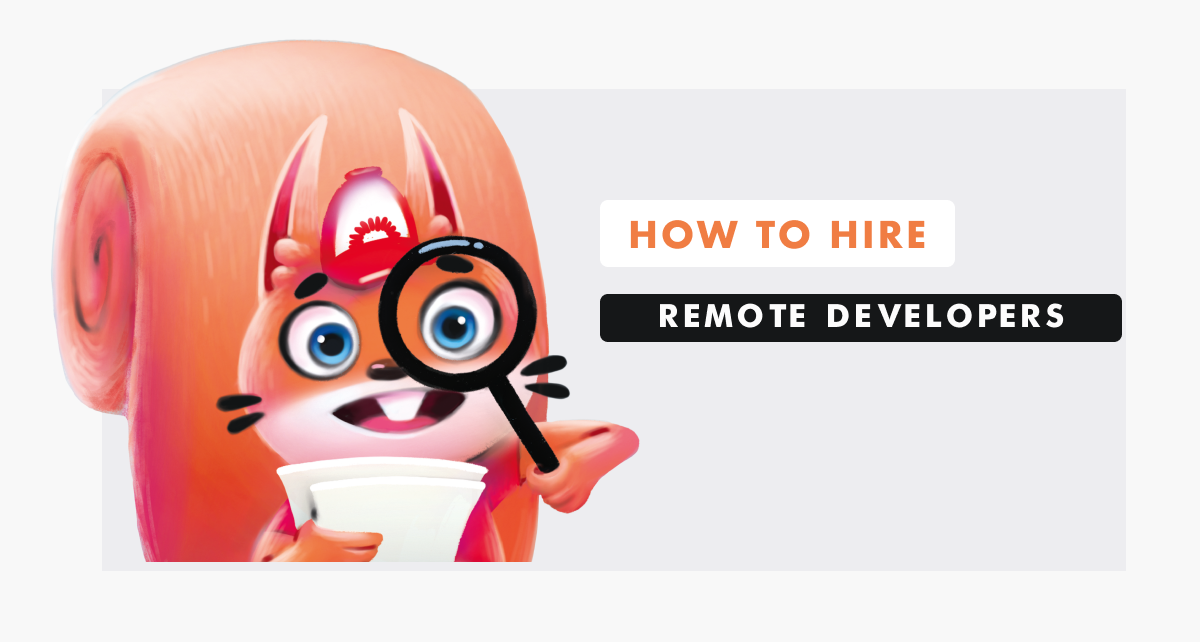After investing years of hard work in creating software to support your business, the last thing you want is to see your efforts go to waste. Protecting the intellectual property of your software becomes imperative to prevent others from profiting off your unique ideas and innovations.
In this article, we’ll explore 5 crucial measures you can implement to safeguard your software’s intellectual property and prevent it from falling into the wrong hands. But first, let’s have a quick overview of what intellectual property is and why it’s essential to safeguard it.
Read on.
What Is Intellectual Property?
Software intellectual property, often referred to as software IP, refers to computer code or programs that hold legal protection against unauthorized copying, theft, or usage not authorized by the rightful owner. The ownership of software IP lies with the company that either developed it or acquired the rights to the code or software. Any unauthorized use of this intellectual property by others is considered illegal.
IP encompasses a wide spectrum of assets, including but not limited to artwork, designs, website content, blog posts, inventions, articles, brand names, product names, business names, software, and any other unique information that constitutes an integral part of your business.
Why Safeguarding Your Intellectual Property Is Important
Your software’s intellectual property forms the cornerstone of your business, serving as the basis for your product and brand identity. The detrimental effects of software piracy impact every aspect of your enterprise, resulting in revenue loss and a negative customer experience that can tarnish your brand reputation. Just imagine: between 2015 and 2017, the software industry suffered a financial loss of $46.3 billion due to theft and piracy.
Unfortunately, software piracy is becoming increasingly pervasive, affecting both large global streaming services like Netflix and smaller businesses. Irrespective of company size, addressing software piracy is imperative, as failing to do so is simply not an option. Safeguarding your software intellectual property is the sole means of retaining control and ownership of your IP while effectively combating piracy whenever it arises.
| Ready to strengthen your business in the digital age? Partner with Red Jumpers today! |
How to Protect Your Software Intellectual Property
Given the significant investment of time, resources, and effort involved in software development, it is crucial to dedicate a proportional amount of attention to protecting it. By implementing the following steps, you can safeguard your software IP and be well-prepared to tackle different forms of software piracy.
#1. File for appropriate legal protections
One of the most crucial steps in protecting your software intellectual property is to file for appropriate legal protections, such as copyrights, trademarks, and patents. Each form of protection offers distinct benefits and safeguards for different aspects of your software creations.
Copyrights
Copyrights are essential for safeguarding the specific expression of your software, including the source code, user interface elements, and other creative aspects. The moment your software is created and fixed in a tangible medium, it is automatically protected by copyright law. However, to maximize the legal benefits, consider registering your software’s copyright with the relevant intellectual property office. Copyright registration strengthens your legal standing and provides additional advantages, including the ability to seek statutory damages and attorney’s fees in case of infringement.
Trademarks
Trademark protection is vital for protecting your software’s brand identity. By registering a trademark for your software’s name, logo, slogan, or symbol, you prevent others from using similar marks that could lead to confusion among consumers. Trademarks build brand recognition and loyalty, allowing customers to identify your software distinctly in the market. Registering your trademarks provides national or international protection, depending on your business’s reach, and helps secure your position in the industry.
Patents
If your software includes unique and innovative features that are novel, non-obvious, useful, and meet patentable subject matter criteria, consider applying for a software patent. Patents provide exclusive rights, granting you the authority to prevent others from using, selling, or distributing similar software solutions without your permission. While obtaining software patents can be challenging and time-consuming, they offer valuable protection against competitors seeking to replicate your inventions.
#2. Explore source code licenses
When your developers opt for a source code license, you are granting the licensee a non-exclusive and non-transferable right to use and modify your software. This means that your source code is no longer a confidential asset, posing significant risks.
To mitigate these risks, source code escrow services come into play. By utilizing a source code escrow service, all parties involved in a software license are protected. A neutral third-party agent holds the software’s information, ensuring the safety of your source code while providing the necessary protection for the licensee.
#3. Ensure IP assignment agreement with developers
Obtaining an IP assignment agreement from your developers, who are responsible for creating your valuable IP assets, is of utmost importance. This agreement explicitly states that any work produced within the company is owned by the company itself.
This measure serves as a deterrent against potential misappropriation of your IP information, preventing individuals from selling it to competitors or using it for personal gain. With this legally binding document in place, developers are aware of the consequences and legal repercussions should such actions occur, providing you with a strong foundation to take appropriate legal action if necessary.
#4. Put security measures into action and promote IP awareness among employees
To safeguard your company’s IP, it is essential to implement robust security measures within your IT infrastructure, both physically and digitally. Alongside encrypting information, additional steps can enhance protection:
- Enforce strong password protection for all networks and systems
- Establish a comprehensive Disaster Recovery Plan (DRP)
- Implement Wi-Fi Protected Access 2 (WPA2) to safeguard wireless networks
- Invest in reliable security tools to fortify defenses
- Ensure regular software updates to address vulnerabilities
- Use Virtual Private Networks (VPNs) for enhanced data security
Moreover, conducting regular awareness training for employees is critical to educate them on plugging and preventing IP leaks. Employees play a vital role in the defense chain, and their awareness can significantly impact your overall security posture.
#5. Enforce confidentiality contracts with partners and employees
To safeguard your intellectual property (IP), it is essential to require developers, partners, and all individuals involved in software creation to sign confidentiality agreements.
These agreements, which may include Non-Disclosure Agreements (NDA), Secrecy Agreements (SA), Proprietary Information Agreements (PIA), or Confidential Disclosure Agreements (CDA), serve as vital tools in ensuring IP protection. By having your team and partners sign these contracts, you establish clear guidelines for maintaining the confidentiality of sensitive information related to your software.
Additionally, you can implement licensing contracts for your partners, granting them access to your software for branding and distribution purposes. In such cases, you retain control over the conditions of use, further fortifying your software’s protection and ensuring its proper and controlled dissemination.
How to Choose Intellectual Property Management Software
When it comes to safeguarding a business’s most valuable assets — its intellectual property (IP), the role of intellectual property management software is paramount. Intellectual property management software is a specialized tool designed to help businesses efficiently organize, protect, and manage their intellectual property assets, including patents, trademarks, and copyrights. It streamlines workflows, ensures compliance with legal requirements, and provides real-time monitoring of intellectual property-related activities, enhancing overall IP protection and strategic decision-making.
Purchasing intellectual property management software is a critical decision that requires careful consideration to ensure you choose the right solution for your business needs. Here are essential steps and considerations to guide you through the process of buying intellectual property management software:
- Assess provider reputation, customer base, and investments in new capabilities
- Look for open APIs to integrate with other systems
- Ensure strong data protection and performance monitoring
- Verify up-to-date country laws and automated forms
- Ensure you can tailor the solution to your workflow with ease
- Look for a solution that allows you to efficiently navigate and generate actionable reports
- Search for a solution that specifically focuses on efficiently managing IDS (Information Disclosure Statement) tasks
- Seek reliable implementation, training, and ongoing support
When buying intellectual property management software, the decision-making process typically involves multiple stakeholders within the organization. The key decision-makers may include senior management, the IT department, the legal department, business users, and the procurement team.
Conclusions
Safeguarding your valuable software creations not only secures your innovations but also fortifies your position in the market and strengthens your brand identity. By implementing a comprehensive approach to IP protection, businesses can navigate the complexities of the modern technological environment and minimize the risks associated with software piracy and unauthorized use.
| If you are currently preparing for your software development project, Red Jumpers can assist you in hiring reliable and skilled software engineers from Eastern Europe. Contact us and have the necessary developers on board to support your project. |




